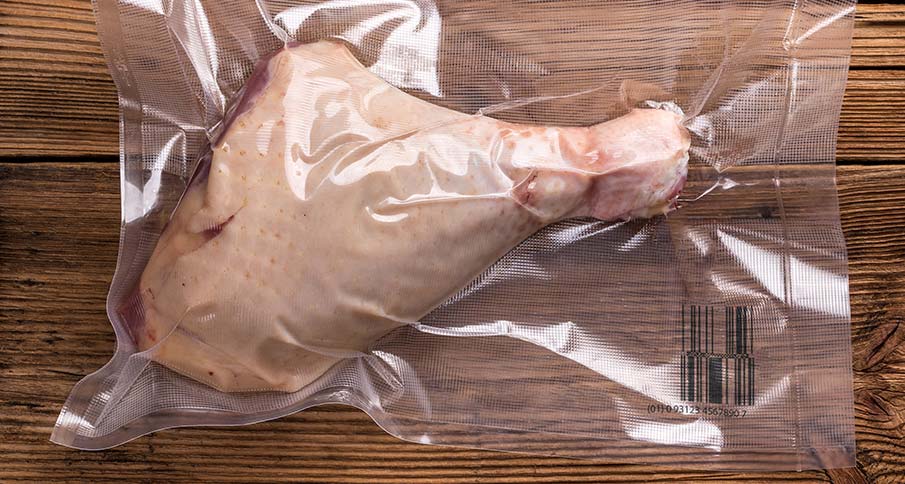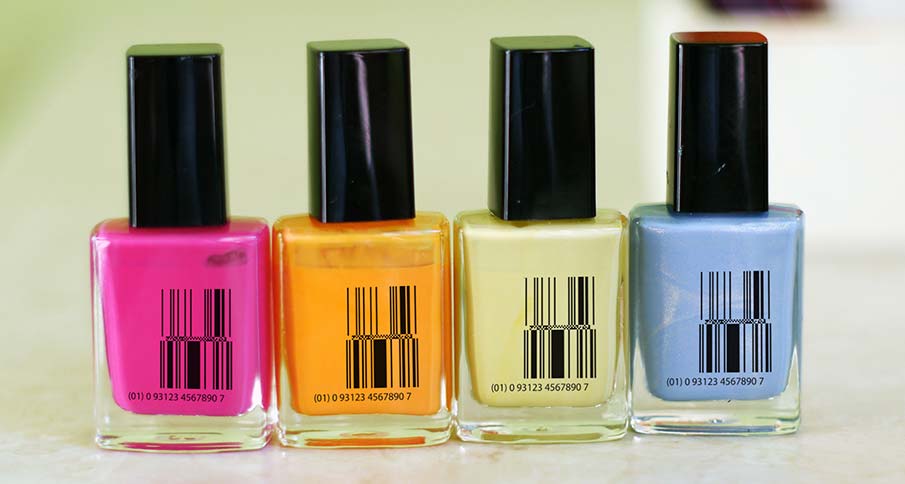How do you identify your loose produce and small items? Here’s everything you need to know about using GS1 DataBar barcodes for hard-to-code products.
GS1 DataBar is a barcode for loose items and small and hard-to-mark products. This allows them to be quickly scanned at retail POS, instead of manually found in the system. This includes items like loose produce (such as fruit and vegetables), cosmetics, and DIY hardware.
A regular GS1 DataBar can hold up to 14 digits for a GTIN. An Extended GS1 DataBar can hold even more, making it great for encoding additional data beyond basic product information, such as weight, use-by date, batch and serial numbers.
Smaller size of GS1 DataBar means it can be used on standard labels of many fresh, loose produce items, such as apples, mangoes, bananas and oranges. For fresh produce only a GTIN-13 can be used in either a EAN-13 or GS1 Databar.
.jpg)
Use GS1 DataBar on meat, seafood, cheese and other items to encode additional information, such as best-before data, country of origin, batch number, etc.

Use GS1 DataBar on cosmetics, pharmaceuticals, DIY hardware and jewellery to save space on packaging and improve scanning at POS.

The company that applies the label, such as the packhouse or grower.
The stacked versions include two barcodes piled on top of each other. It gives you the option to pack more consecutive information into a small space. This is ideal for smaller packages, such as loose produce and DIY hardware.
The expanded versions allow yo to encode additional information into the barcode, such as expiry dates, weights, batch numbers, serial numbers and more. This is mandatory if you are providing produce to major retailers, like Coles and Woolworths.
No. It’s just as simple as printing EAN/UPC barcodes. As a GS1 Strategic Alliance Partner, Matthews has a range of solutions that are suitable to print DataBar, including thermal transfer overprinting for snack food, confectionary and fresh produce, label printers, and laser coding and marking.
Whilst we attempt to update this page as changes occur we do not guarantee its accuracy and recommend that you contact GS1 Australia for the most up to date advice.